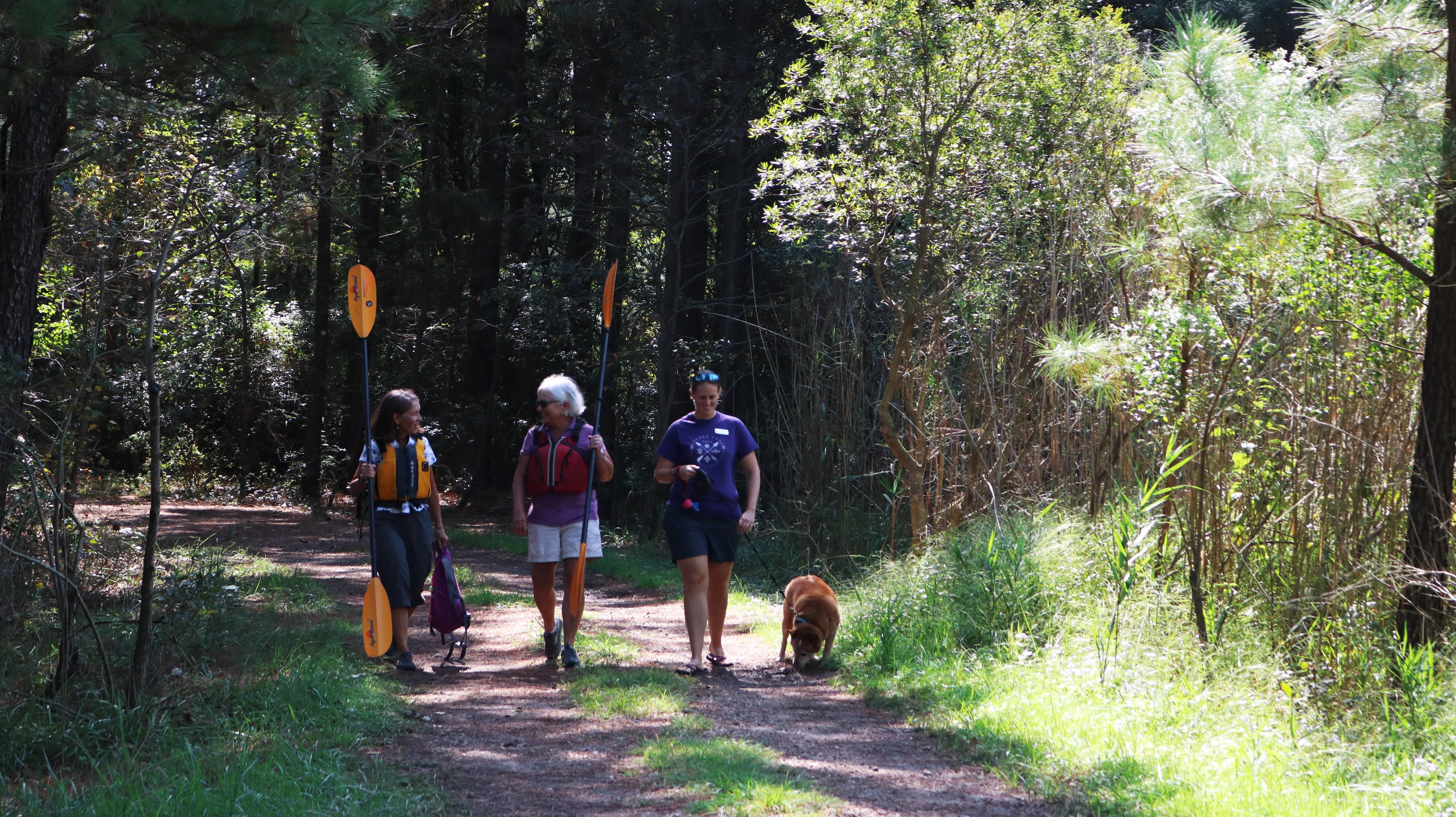Did you know the Chesapeake Bay is the largest estuary in the United States? There are two ways to cross the Chesapeake Bay and one of the most trafficked is the William Preston Lane Jr. Memorial Bridge. The double span bay bridge connects the “Eastern” and “Western” shores of Maryland. A truly unique experience worth the drive across or a boat ride beneath.
Chesapeake Bay Fun Facts
The Chesapeake Bay watershed includes parts of six states (Delaware, Maryland, New York, Pennsylvania, Virginia, and West Virginia), and the entire District of Columbia.
The Bay receives about half of its water volume from the Atlantic Ocean. The rest drains into the Bay from an enormous 64,000 square-mile drainage basin or watershed. There are more than 150 major rivers and streams that drain into the Bay.
The Chesapeake holds more than 18 trillion gallons of water.
The Bay’s main stem stretches about 189 miles from its confluence with the Susquehanna River in Havre de Grace, MD to its mouth near Norfolk, VA. It’s narrowest point is near Annapolis, Maryland.
The Chesapeake is a commercial and recreational resource for the more than 15 million people who live in its basin, and is home to over 3,600 species of plants and animals.
The Bay’s warm, shallow water, and its mix of fresh and salt water create a variety of habitats that support many divergent species, including bald eagles, ospreys, shad, blue crabs, oysters, finfish, sharks, geese, land and sea turtles, and eels.
The Chesapeake region is home to fifty major tree species, more than 300 species of fish, and 200 species of birds.
The Chesapeake Bay is known around the world for its most notable resident, the blue crab. More than one-third of blue crabs consumed in the United States come from the Bay’s waters.

Governor William Preston Lane Jr. Memorial Bridge
Estimated Traffic
1952: 1.1 million vehicles each year
1961: 1.5 million vehicles each year
1996: 20.5 million vehicles each year
Cost
Eastbound span: $45 million
Westbound span: $148 million
Construction Start Dates
Eastbound span: November 1949
Westbound span: May 1969
Overall Lengths
Shore to shore including causeway: 4.35 miles (eastbound); 4.33 miles (westbound)
Bridge structure: 4.03 miles (eastbound); 3.99 miles (westbound)
Opening Dates
Eastbound span: July 30, 1952
Westbound span: June 28, 1973